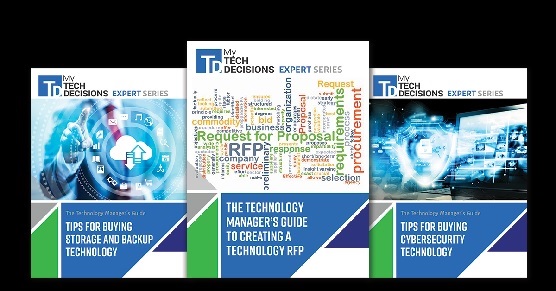Automation can be costly and time-consuming depending on the specific requirements, system design, and equipment selection. When defining automation requirements in an RFP, it is important to be as clear, specific, and detailed as possible. Unlike with control, automation requirements cannot always be predicted and assumed. Certain automation routines are typical, but many are specific to the users and organization’s needs.
Specifying automation requires understanding how to balance functionality, ease of use, flexibility, and budget. It is often said that the easier the system is to use, the harder it was to program. More automation presents more programming effort which in turn takes more time and costs more money. The value of the feature to the client should always be compared to the time and effort required to complete the task. It is important to note that high-end automation, which is often perceived to be easy and a “wow factor” or a “nice to have”, can end up adding time, cost, and complexity to the system without providing much actual value to the client. Understanding how to balance wants and needs will play a major role in the budgeting and RFP process.
Selecting Automation Equipment
Defining the automation requirements is only half the battle. The other half is determining that the equipment and system design can support what is being requested. The best way to specify automation is with a detailed narrative and potential flow chart visually describing the logic required to support the functionality.
It is also important to include the ability to adjust, enable/disable, and fine tune automation settings in the description of requirements. When specifying a system with a good amount of automation, a programmer or control professional should be consulted as a sounding board for the requirements, to weigh in on the time requirements and feasibility of the automation requirements, and ensure that the desired functionality can be performed with the system that is specified.
Installing Automation Equipment
From an installation perspective, automation does not require special skills beyond installing and adjusting sensors to ensure they are properly calibrated to accurately report back information to the system. Motion, light, or auditory sensors can be critical to the proper execution of automation. If sensors are improperly installed or calibrated, the system’s operation will be misaligned.
Installing an automation-based system does not differ greatly from a non-automation-based system. In fact, most systems can have automation layered on top of control functionality. Aside from selecting the proper equipment and including sensors that require setup, there are no major distinctions between the installation of a system with automation and one without. It is the designer and specifier who have the challenge of identifying how the system will operate, and what equipment will support the functionality requirements, while ensuring the requirements are clearly spelled out.

Automating AV systems is a great way to increase efficiency by saving time and lowering costs. Your technically challenged staff will love you for it. Download our FREE guide for some great buying tips!
The Technology Manager’s Guide: Tips for Buying Control and Automation TechnologyAutomation is also a basis for IoT (Internet of Things) operation where devices, systems, and sensors interact to provide optimal behavior. Any device with an external API can be involved in automation as long as there is a computer or control processor on the network where the instruction set can be carried out. It is important to confirm the devices and associated APIs support the required functionality that is requested. Trying to implement functionality that is not properly supported by a device or API will likely result in much extra effort and unreliable behavior. Improper network configuration will also hinder the ability to effectively carry out automation.
Automation’s Importance to the End User
Automation is intended to streamline operation, reduce the variables in the system operation, and think for the user. It may also provide a deliberate operational outcome rather than leaving it up to the user’s familiarity, technical comfort level, or expertise. As with businesses, this type of automation creates efficiency, yields consistency, provides scalability, and requires less support than direct functionality operation utilizing control. Systems can be implemented that provide standards for operation and are less subject to the whims of the users.
Although a non-automated system provides more flexibility and adaptability for differing uses and needs, these systems are in the minority. They are typically multipurpose rooms, large auditoriums, high-end boardrooms, or divide/combine rooms. The users of a typical system for a huddle space, conference room, or classroom would benefit from an automated operation because there are only a limited number of applications and options for functionality the system is intended to provide. Providing direct control functionality would only make the system more complicated and increase chances of user error.
With automation comes consistency, standardization, and familiarity of system operation. This reduces the requirements for support as well as long-term costs. Training requirements for automated systems are much lower than non-automated systems because, if the system is designed, programmed, and installed to provide automated operation, there is less the user needs to know.
In the end, automation in AV systems can be viewed similarly to automation in business. It requires knowing what is needed, developing a plan to achieve it, investing in good people to implement it, and ensuring the organization is ready to support it. AV automation can be considered a way to provide a well-thought out solution which allows users to apply the technology as a valuable tool for facilitating their organization’s success.
If you enjoyed this article and want to receive more valuable industry content like this, click here to sign up for our digital newsletters!










Leave a Reply